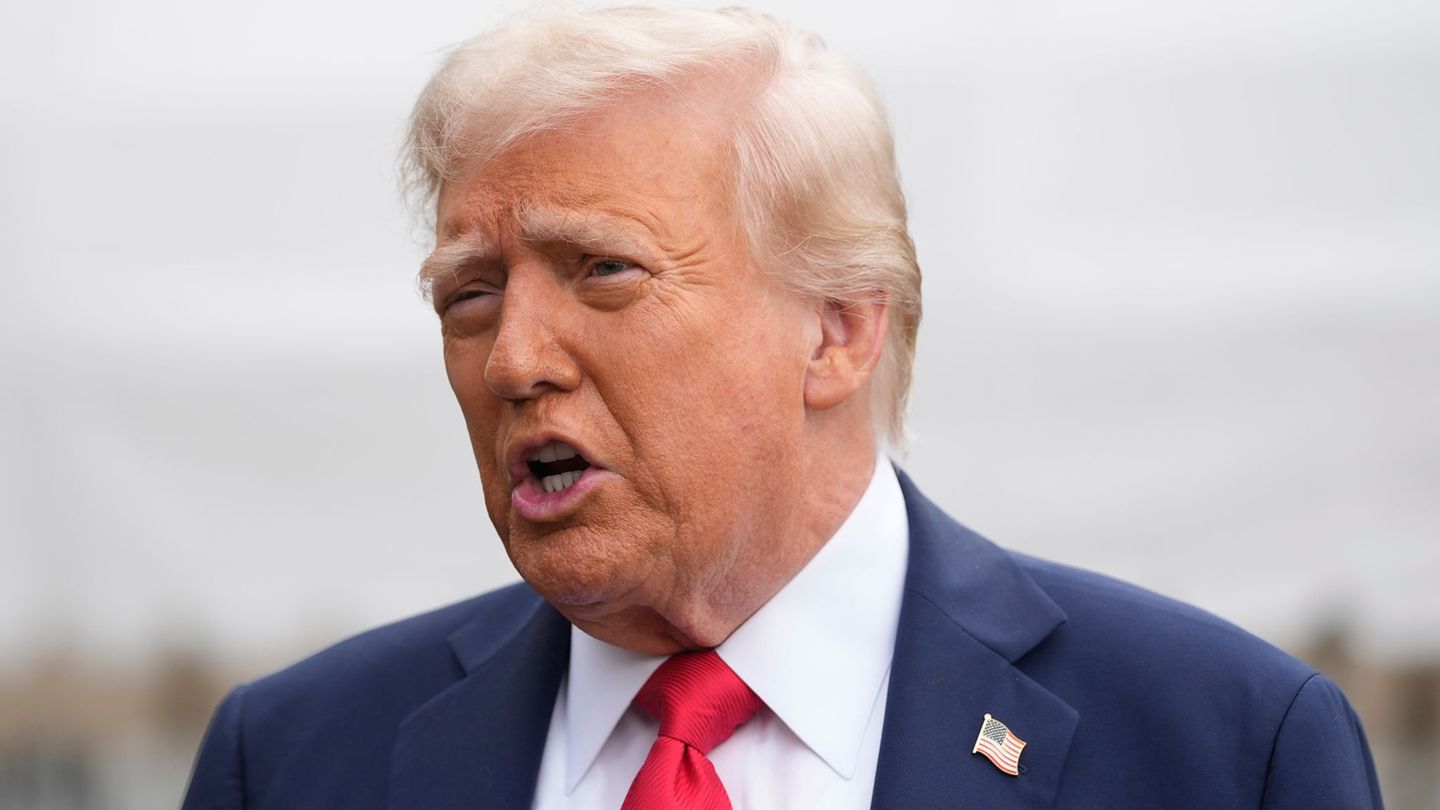After Argentina and the International Monetary Fund (IMF) reached a rapprochement in the framework of the negotiations on a possible technical agreement, the Government implemented an exchange rate differentiated for grain exporters from regional economies, the collection of the PAIS tax in different percentages for the import of goods and services and equated the dollar savings with the card. In this context, investors recalculate their decisions and one of the questions is what happens to the fixed term in this scenario.
Let us remember that on July 14, after knowing the inflation data for June, which was 6%, the BCRA once again kept the nominal rate of the traditional fixed term unchanged at 97% annual (8% effective monthly). And, as pointed out by the economist Andrés Reschini in dialogue with Ambitthe return on the fixed term, “had undoubtedly turned out to be positive in real terms.”
The fixed term is two percentage points ahead of inflation today. But, he warns that, from these new measures, the risk grows that a inflationary jumpwhich could make the fixed term lose ground as a safeguard against the inertia of prices in the economy.
Fixed term: is it a good time to go to rates?
Thus, the economist from Equilibra Lorenzo Sigaut Gravina warns that this “is not the best time to put a fixed term” because, like most analysts, he considers that the measures that implemented new exchange rates for exporters and importers generate inflation in the short term. This is due, above all, to the impact that the new exchange rate will have on corn, which was added to the agricultural dollar, and which affects the price of food (since it is a basic input for the poultry and livestock sector).
And, on the other hand, because the new implementation of the country tax affects the import sector, which represents an increase in the cost of importing services and goods. “The increase will be around 9% in the first case and 3.5% in the second,” says Sigaut Gravina.
And he anticipates that, from Equilibra, they hope “that inflation tends to accelerate in the short term as a consequence of these measures and is located around 7% in July and, in August, closer to 8%”.
closeup-person-holding-us-dollar-bill-his-hand.jpg
On the other hand, the analyst mentions that the recent rise in the blue is an element to take into account as well and the question is whether or not it covers the fixed term against a new exchange rate jump. “The answer is no,” warns Sigaut Gravina.
The dollar: key asset
It happens that, as the economist from Grupo Broda Elena Alonso points out, “when one looks at interest rates in a context of so much volatility, one runs the risk of being left with less Dollars when he leaves the investment”.
Although there were many months in which he beat him, Alonso assures that, that with a rate of 97% per yearwhat the fixed term yields monthly at this moment, gives less than the increase in the dollar in the same period.
Likewise, he agrees that the impact that the latest package of measures is going to have on rates could generate more inflation and he does not rule out that this could require the BCRA a new rate hike in the future. “The exchange market today seems better coverage against the situation than the fixed term,” Alonso assesses.
However, the blue does not seem to be the best option in this sense, since Reschini comments that the illegal dollar “has already adjusted to what would be the inflation accumulated in the year” and assures that the MEP is still subsidized and offers a better price than blue.
Thus, although he considers that each investor will analyze which is the best option in each case, taking into account risk and coverage against inflation and the dollar, he believes that, in the face of events such as electoral processes, the dollar seems a better alternative today than the fixed term. “The dollar is not a fixed income like a fixed term, but it is a better hedge in times of stress,” emphasizes Reschini.
However, it is clear that the blue is a very volatile market and the saver risks losing whenever he goes to that market, especially in rising contexts. For this reason, the MEP appears today as the best alternative and Alonso adds Cedears and negotiable obligations as an interesting option as well.
Source: Ambito
I am a 24-year-old writer and journalist who has been working in the news industry for the past two years. I write primarily about market news, so if you’re looking for insights into what’s going on in the stock market or economic indicators, you’ve come to the right place. I also dabble in writing articles on lifestyle trends and pop culture news.




